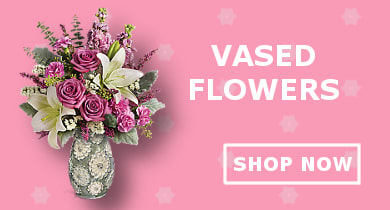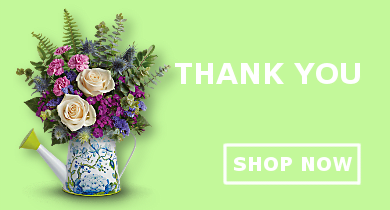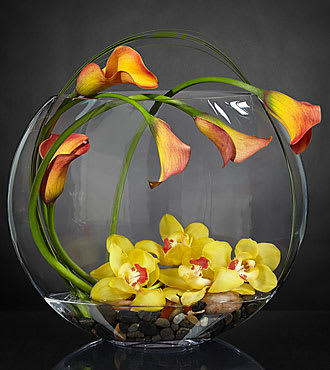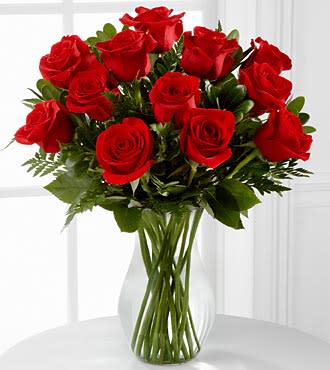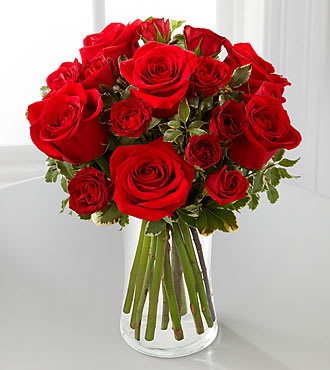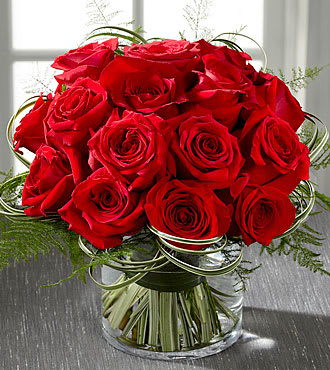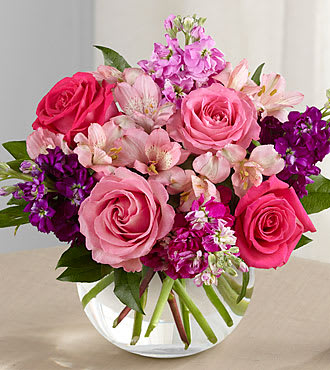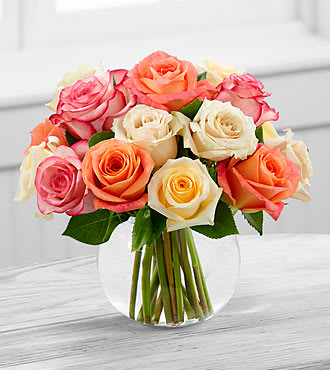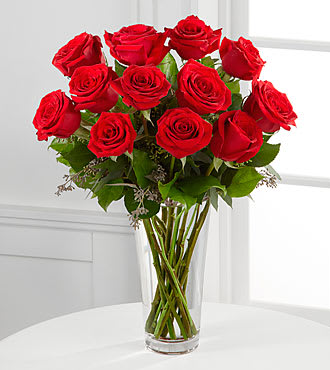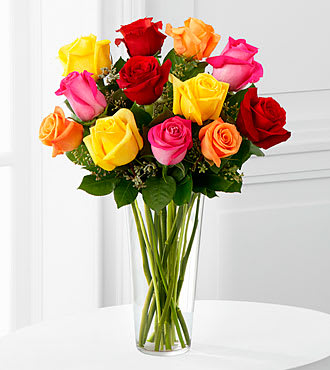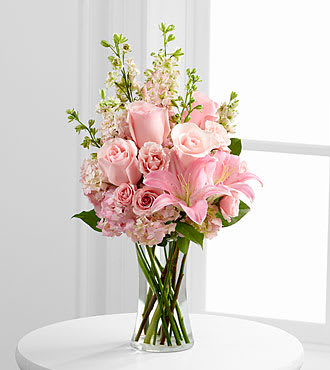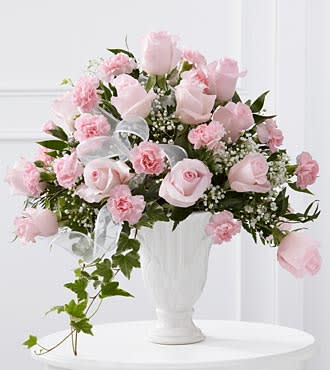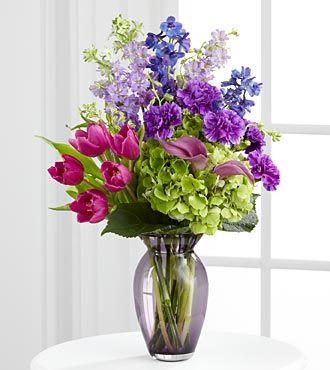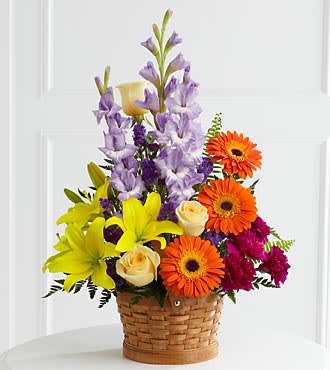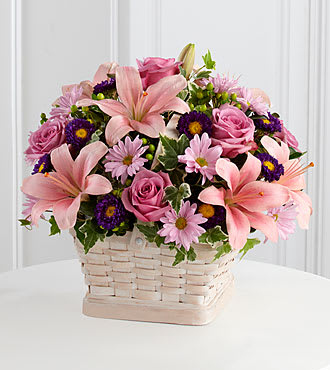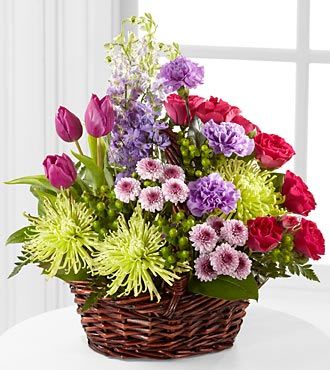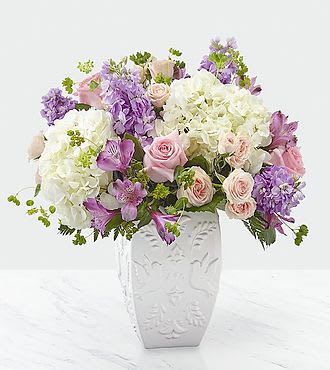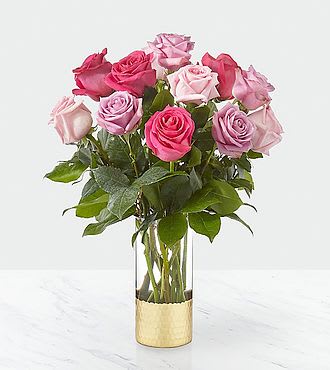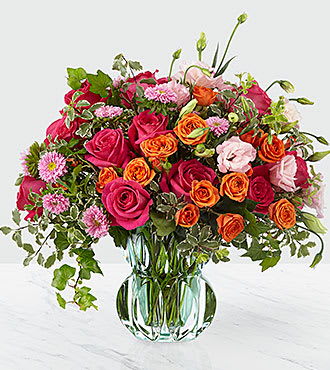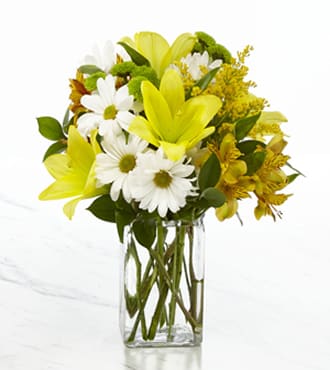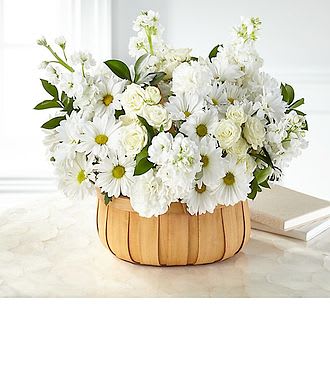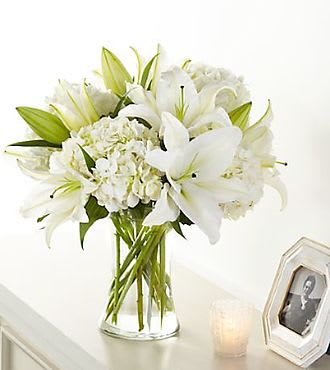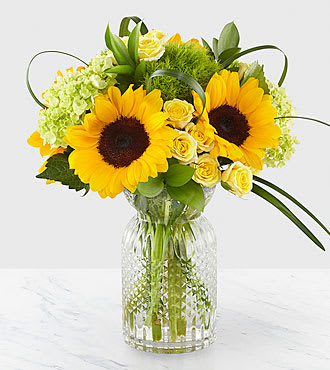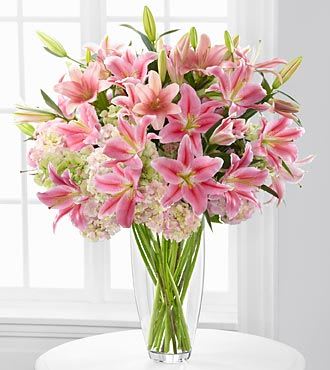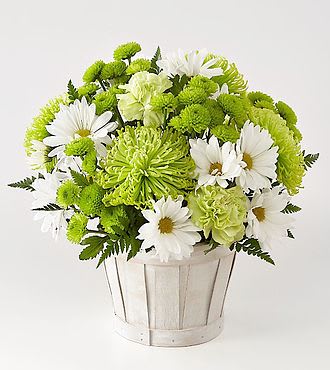- Love & Romance
- Best Sellers
- Vased
- $97.90
- $44.90
- $89.90
- $89.90
- $87.90
- $97.90
- $79.90
- $69.90
- $49.90
- $49.90
April 1, 2025
Lucknow April Floral Selection
The Bloom Central flower delivery of the month for April in Lucknow is the All Things Bright Bouquet
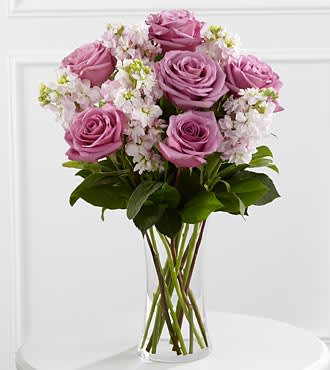
The All Things Bright Bouquet from Bloom Central is just perfect for brightening up any space with its lavender roses. Typically this arrangement is selected to convey sympathy but it really is perfect for anyone that needs a little boost.
One cannot help but feel uplifted by the charm of these lovely blooms. Each flower has been carefully selected to complement one another, resulting in a beautiful harmonious blend.
Not only does this bouquet look amazing, it also smells heavenly. The sweet fragrance emanating from the fresh blossoms fills the room with an enchanting aroma that instantly soothes the senses.
What makes this arrangement even more special is how long-lasting it is. These flowers are hand selected and expertly arranged to ensure their longevity so they can be enjoyed for days on end. Plus, they come delivered in a stylish vase which adds an extra touch of elegance.
Lucknow Ontario Flower Delivery
Looking for flower delivery?
You have unquestionably come to the right place if you are looking for a floral shop near Lucknow Ontario. We have dazzling floral arrangements, balloon assortments and green plants that perfectly express what you would like to say for any anniversary, birthday, new baby, get well or every day occasion. Whether you are looking for something vibrant or something subtle, look through our categories and you are certain to find just what you are looking for.
Bloom Central makes selecting and ordering the perfect gift both convenient and efficient. Once your order is placed, rest assured we will take care of all the details to ensure your flowers are expertly arranged and hand delivered at peak freshness.
Lucknow Ontario Flower Shops
Would you prefer to place your flower order in person rather than online? Here are a few Lucknow florists you may contact:
Catherine Wright Designs
48 Wellington St
Stratford, ON N5A 2L2
Cathy's Flowers 'N Treasures
683 Goderich St
Port Elgin, ON N0H 2C0
Elora Street Flowers
92 Elora Street S
Harriston, ON N0G 1Z0
Sheridan Nurseries Kitchener
100 Elmsdale Drive
Kitchener, ON N2E 1H6
Stratford Blooms
59 Albert Street
Stratford, ON N5A
Wade's Flowers
145 Erie Street
Stratford, ON N5A 2M6
A Closer Look at Magnolia Leaves
Magnolia leaves don’t just occupy space in an arrangement—they command it. Those broad, waxy blades, thick as cardstock and just as substantial, don’t merely accompany flowers; they announce them, turning a simple vase into a stage where every petal becomes a headliner. Stroke the copper underside of one—that unexpected russet velveteen—and you’ll feel the tactile contradiction that defines them: indestructible yet luxurious, like a bank vault lined with antique silk. This isn’t foliage. It’s statement. It’s the difference between decor and drama.
What makes magnolia leaves extraordinary isn’t just their physique—though God, the physique. That architectural heft, those linebacker shoulders of the plant world—they bring structure without stiffness, weight without bulk. But here’s the twist: for all their muscular presence, they’re secretly light manipulators. Their glossy topside doesn’t merely reflect light; it curates it, bouncing back highlights like a cinematographer tweaking a key light. Pair them with delicate freesia, and suddenly those spindly blooms stand taller, their fragility transformed into intentional contrast. Surround white hydrangeas with magnolia leaves, and the hydrangeas glow like moonlight on marble.
Then there’s the longevity. While lesser greens yellow and curl within days, magnolia leaves persist with the tenacity of a Broadway understudy who knows all the leads’ lines. They don’t wilt—they endure, their waxy cuticle shrugging off water loss like a seasoned commuter ignoring subway delays. This isn’t just convenient; it’s alchemical. A single stem in a Thanksgiving centerpiece will still look pristine when you’re untangling Christmas lights.
But the real magic is their duality. Those leaves flip moods like a seasoned host reading a room. Used whole, they telegraph Southern grandeur—big, bold, dripping with antebellum elegance. Sliced into geometric fragments with floral shears? Instant modernism, their leathery edges turning into abstract green brushstrokes in a Mondrian-esque vase. And when dried, their transformation astonishes: the green deepens to hunter, the russet backs mature into the color of well-aged bourbon barrels, and suddenly you’ve got January’s answer to autumn’s crunch.
To call them supporting players is to miss their starring potential. A bundle of magnolia leaves alone in a black ceramic vessel becomes instant sculpture. Weave them into a wreath, and it exudes the gravitas of something that should hang on a cathedral door. Even their imperfections—the occasional battle scar from a passing beetle, the subtle asymmetry of growth—add character, like laugh lines on a face that’s earned its beauty.
In a world where floral design often chases trends, magnolia leaves are the evergreen sophisticates—equally at home in a Park Avenue penthouse or a porch swing wedding. They don’t shout. They don’t fade. They simply are, with the quiet confidence of something that’s been beautiful for 95 million years and knows the secret isn’t in the flash ... but in the staying power.


